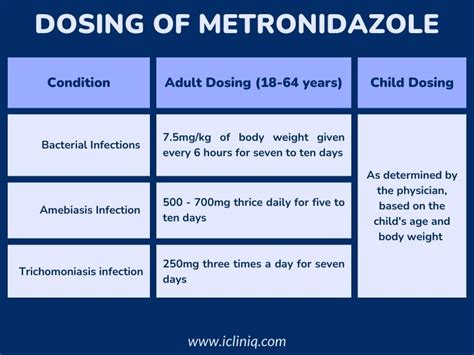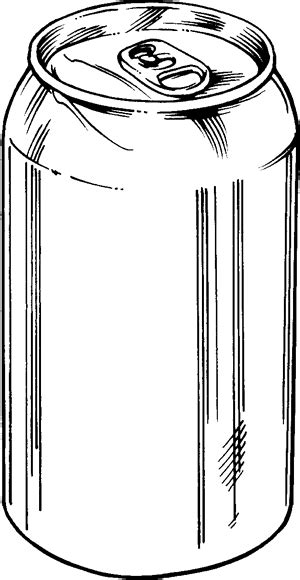The Shifting Landscape of Male Friendships
For many men, entering a serious long-term romantic relationship marks a profound, albeit often subtle, reordering of their social world. While not always overtly stated, one of the most significant changes observed in men’s friendships is the re-prioritization of their emotional labor and time. Before a serious partnership, male friends often serve as primary confidantes, activity partners, and a key source of emotional validation and support. However, with the advent of a committed romantic relationship, this dynamic frequently shifts.
The new romantic partner typically steps into the role of the central emotional anchor. This isn’t necessarily a conscious decision to devalue existing friendships but rather a natural evolution of intimacy and partnership. The time and emotional energy previously distributed among a wider circle of friends often become more concentrated on the romantic bond, which demands significant investment to flourish.

The New Primary Attachment
This reprioritization often stems from the establishment of a new primary attachment figure. In a long-term romantic relationship, partners typically become each other’s go-to for discussing daily stressors, celebrating small victories, and navigating life’s challenges. This deep emotional intimacy, which is vital for a successful partnership, naturally consumes a larger share of a man’s emotional bandwidth.
Consequently, the frequency and depth of interactions with male friends may decrease. Casual hangouts might become less spontaneous, and deep, introspective conversations might first be reserved for the romantic partner. Friends, who once filled these roles, might find themselves in a secondary position, leading to a change in the nature and intensity of their bonds.

Impact on Shared Activities and Communication
Beyond emotional support, the change also manifests in practical ways. Group activities that were once a staple of male friendships – regular sports games, weekly pub visits, or impromptu adventures – might occur less frequently due to new couple-centric commitments. Time spent with friends often needs to be scheduled further in advance, sometimes integrating the romantic partner, which alters the dynamic of the original male-only group.
Communication also adapts. While surface-level updates and shared laughs persist, the deep dives into personal struggles or future aspirations might become less common with friends, as these intimate disclosures are now primarily directed towards the romantic partner. This isn’t to say male friendships cease to be important; rather, their function and the space they occupy in a man’s life evolve.

Navigating the New Dynamic
Successfully navigating this shift requires effort and intentionality from the man in the relationship. It involves finding a balance between nurturing the romantic partnership and actively maintaining existing friendships. This might mean dedicating specific, if less frequent, time slots for friends, ensuring that communication remains open, and demonstrating continued care and investment in those bonds.
Healthy friendships post-relationship don’t necessarily need to replicate the pre-relationship intensity. Instead, they can evolve into deeper, more mature connections characterized by mutual understanding and support, even if the frequency of interaction changes. Recognizing and addressing this reprioritization is key to sustaining meaningful male friendships alongside a thriving romantic life.

Maintaining Meaningful Connections
In conclusion, the most significant way men’s friendships change after entering a serious long-term romantic relationship is the shift in the primary emotional and time investment from friends to the romantic partner. This often leads to a recalibration of how friendships function, with less frequent contact and a re-distribution of emotional labor. While challenging, acknowledging this natural evolution allows men to consciously work towards maintaining quality connections with their friends, ensuring that these vital support systems continue to enrich their lives, albeit in a newly defined capacity.





